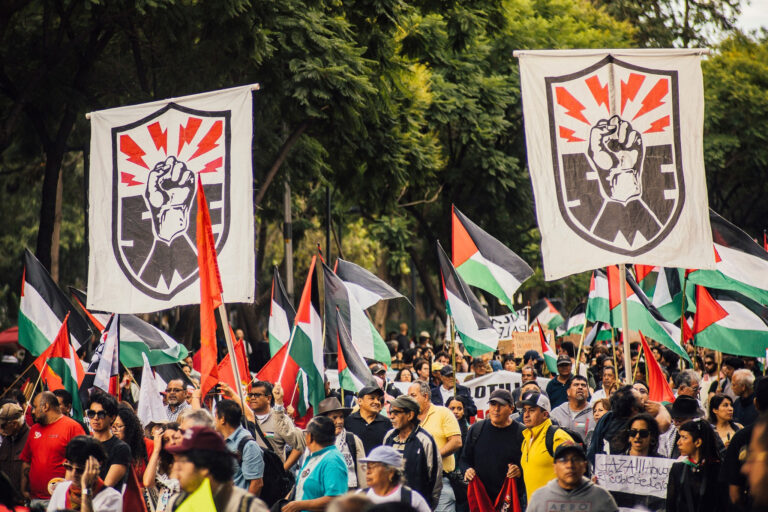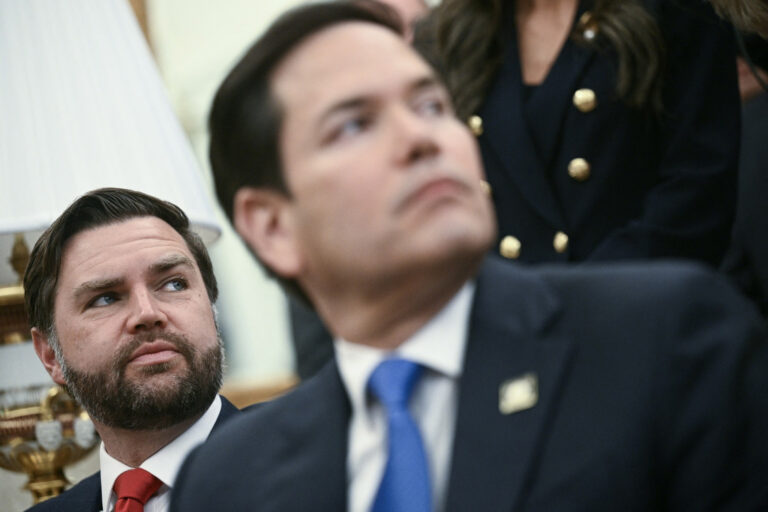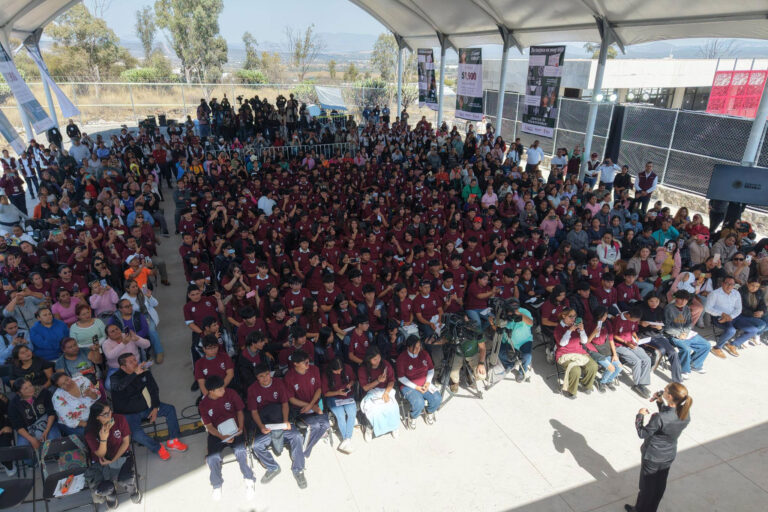Airbnb Accused of Meddling in Mexico City Gentrification Debates
This article by Fernando Navarrete originally appeared in the July 31, 2025 edition of El Financerio.
Experts and members of the Mexico City Anti-Gentrification Front point out that real estate companies and platforms like Airbnb intervene in neighborhood forums with government representatives and property owners, “packing” the meetings to defend private interests, in contrast to the proposals to contain the effects of gentrification.
During his participation in the forum Gentrification in CDMX: Will new government measures work?, Eduardo Alanís, a member of the Front, pointed out that the government measures can be positive in avoiding speculation and the effects of gentrification on housing and businesses.
However, he accused pro-business organizations like Airbnb of participating in meetings organized by the Mexico City Congress in municipalities such as Cuauhtémoc and Miguel Hidalgo to defend their privileges.
“There’s an intervention by an organization called ‘Todos Somos Anfitriones’ (We Are All Hosts). We have documentation that leads us to believe they’re being funded by Airbnb. The problem is why they’re organizing, and in this case, it would be to preserve the privileges of these digital rental platforms and real estate agencies,” he noted.
He insisted that to address the problems of rent, eviction, and gentrification, the state must play an active role in regulating and preventing inequalities between owners, businesses, and tenants.
“There’s already legislation in place for Airbnb. These platforms have sought protection to avoid enforcing that law. We see it as having to do with next year’s World Cup for them to continue. It seems like some interests have more influence than others; it seems like others have more say,” he said.

He added that there are currently projects in the capital, such as Mitikah in Coyoacán and University Tower in Reforma, that have violated permits and led to land speculation, as well as inequalities for local communities due to real estate abuses.
“Those who are deciding this design of public space are the real estate companies and the Fibras (Financial Institutions), in collusion with the government because there’s corruption. We have the University Tower, located in the Juárez neighborhood, which isn’t complying; it didn’t comply with the building permit, it didn’t comply with the level permit. This is a pattern we’re seeing in many buildings,” he concluded.
The Mexico City government plans to approve a law regulating rent prices during the next regular session of the Mexico City Congress.
César Cravioto, Mexico City’s government secretary, said they are holding meetings in neighborhoods with the greatest gentrification, such as Roma, Condesa, and Hipódromo, to discuss the proposals of the First Provision for containing gentrification.
“Public policy must focus on the return of these populations, on how we can accelerate their return,” he added.
César Cravioto announced that a meeting will be held this Friday at Parque España, located between the Roma and Condesa neighborhoods, where proposals to accelerate the return of displaced persons through public policies will be heard.
Policies regulating the rental market must be clear, effective, and based on a comprehensive vision, asserted Rosalba González Loyde, an urban development consultant, during her participation in the forum.
“On the issue of rentals, specifically regarding the regulation of rent caps, the issue is how we get to the point of making this mechanism efficient, how we make it efficient, because housing has a high level of informality,” she noted.
González Loyde said it’s necessary to better understand the details of the Mexico City government’s 14-point plan to address gentrification and rising rents, with the goal of stabilizing prices, protecting tenants, and promoting affordable housing, to see how much these measures can contribute to addressing these problems.
“A public policy based on a single policy is not a policy,” he said.
Recently, El Financiero reported that the increase in commercial rents in Mexico City, driven by demand from new tenants, mainly foreigners, has led to the closure and displacement of small, traditional businesses in neighborhoods such as Roma, Condesa, Escandón, and Santa María la Ribera due to gentrification. Between 2023 and 2025, rents in areas such as Hipódromo Condesa, Juárez, and Polanco grew between 16 and 48 percent.
-
The Poor as Instruments, Not Allies
Welfare programs with political aims are not the same as forging political alliances with the impoverished population created by voracious neoliberal capitalism.
-
Florida, the Race for the Presidency & Opaque Capital
Contemporary Florida is the distorted and advanced mirror of a new form of global governance, where money laundering has not only been tolerated, but institutionalized & updated for the digital age, fed by a murky river flowing from the Global South.
-
People’s Mañanera December 22
President Sheinbaum’s daily press conference, with comments on economic achievements, Sonora development plan, extortion of immigrants, Baja California Sur dam, water treaty with US, nepotism loopholes, and García Luna.




